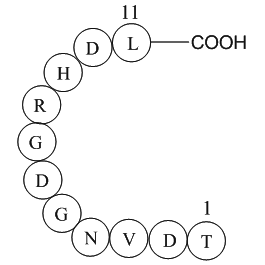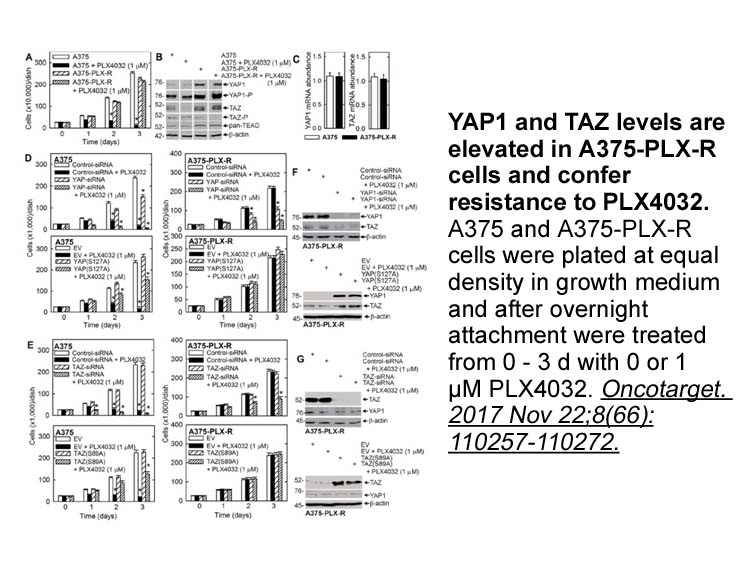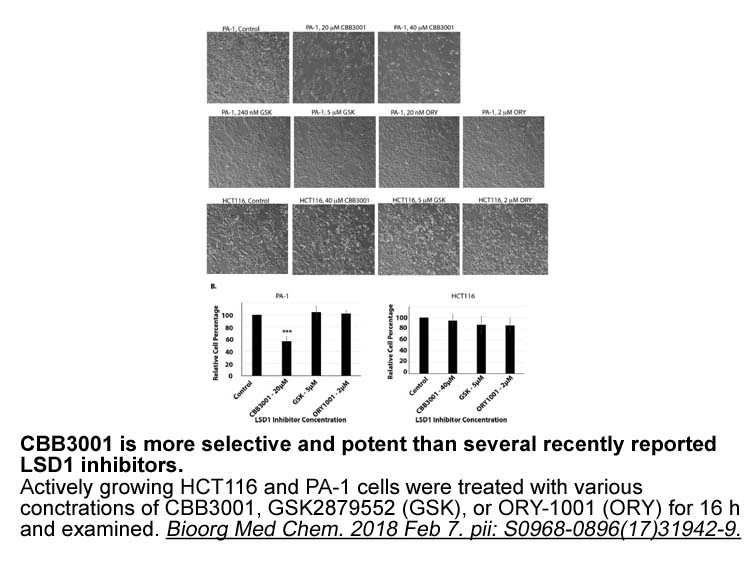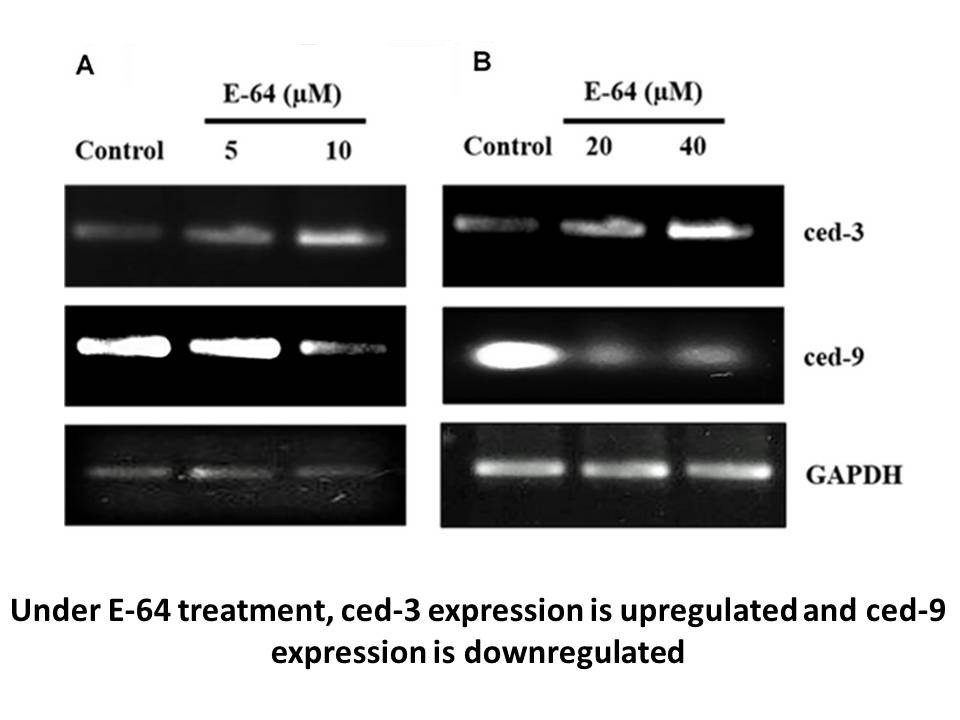Archives
- 2025-12
- 2025-11
- 2025-10
- 2025-09
- 2025-03
- 2025-02
- 2025-01
- 2024-12
- 2024-11
- 2024-10
- 2024-09
- 2024-08
- 2024-07
- 2024-06
- 2024-05
- 2024-04
- 2024-03
- 2024-02
- 2024-01
- 2023-12
- 2023-11
- 2023-10
- 2023-09
- 2023-08
- 2023-07
- 2023-06
- 2023-05
- 2023-04
- 2023-03
- 2023-02
- 2023-01
- 2022-12
- 2022-11
- 2022-10
- 2022-09
- 2022-08
- 2022-07
- 2022-06
- 2022-05
- 2022-04
- 2022-03
- 2022-02
- 2022-01
- 2021-12
- 2021-11
- 2021-10
- 2021-09
- 2021-08
- 2021-07
- 2021-06
- 2021-05
- 2021-04
- 2021-03
- 2021-02
- 2021-01
- 2020-12
- 2020-11
- 2020-10
- 2020-09
- 2020-08
- 2020-07
- 2020-06
- 2020-05
- 2020-04
- 2020-03
- 2020-02
- 2020-01
- 2019-12
- 2019-11
- 2019-10
- 2019-09
- 2019-08
- 2019-07
- 2019-06
- 2018-07
-
br Cytokines potent mediators of ILC function
2021-08-23

Cytokines – potent mediators of ILC function The different ILC players are portrayed in three categories, ILC1, ILC2 and ILC3, based on the cytokines they produce and transcription factors (TFs) that guide their differentiation [8] (Figure 1). Cytokines are the most extensively studied stimuli fo
-
NSC 319726 Both the kK and kK mediated ubiquitination leads
2021-08-23

Both, the kK3 and kK5-mediated ubiquitination leads to rapid internalisation of target proteins followed by lysosomal degradation, similar to that seen for MARCH-1/8 [77]. Ubiquitination activity of kK3 and kK5 depends on the positioning of the targeted lysine (or cysteine) residues [22]. The positi
-
The pseudo DUBs KIAA and Abraxas are required for
2021-08-23

The pseudo DUBs KIAA0157 and Abraxas are required for the catalytic function of BRCC36. Comparison of the BRCC36–KIAA0157 heterodimer structure with an inactive BRCC36 homodimer structure provides a model for understanding how this functional interplay is achieved. As shown in schematic form in Figu
-
One possible explanation for differences in the
2021-08-20

One possible explanation for differences in the binding ability of monomeric versus dimeric forms of DDR2 ECD to collagen could be that the monomeric form only binds to the primary GVMGFO site, whereas dimeric (and oligomeric) DDR2 ECD binds to additional sites on the collagen triple-helical molecul
-
p is a tumor suppressor gene that
2021-08-20

p16 is a tumor-suppressor gene that inhibits cyclin-dependent kinase 4 and 6 activities and arrests the angiotensin ii causes australia in the G1 phase. Aberrant methylation and mutation of p16/MTS1 in OSCC of patients was found in our previous study. Moreover, the frequency of hypermethylation of
-
cell culture supplement br Chagas disease and HAT drug R D D
2021-08-20

Chagas disease and HAT drug R&D Drug R&D for Chagas disease and HAT has historically relied on serendipitous findings achieved using low-technology approaches. The absence of biotechnology tools associated and the very limited understanding of the biomolecular processes of the parasites are among
-
The significant CRF increase in
2021-08-20

The significant CRF increase in the DS and the overall changes in the CRF system observed in the VM and DS during the development of sensitization suggest that this neuropeptide (and possibly urocortin) contributes to the specific molecular alterations occurring in the mesolimbic pathway that suppor
-
Synthetic peptides have proven highly valuable in
2021-08-20

Synthetic peptides have proven highly valuable in replicating the characteristics of collagen and in defining the sites on collagen essential for binding and studying protein–collagen interactions. There are, however, disadvantages to synthetic collagen-like peptides. First, the thermal stability of
-
The second part of this study evaluated the role
2021-08-20

The second part of this study evaluated the role of CK1 in the eFABP4 cellular uptake in endothelial cells. By blocking CK1 expression using a specific siRNA, we corroborated that the presence of CK1 was fundamental for FABP4 cellular uptake and internalization in endothelial cells, thus decreased m
-
Our previous high throughput screening HTS campaign using
2021-08-20

Our previous high-throughput screening (HTS) campaign using automated, robust, and sensitive fluorescence based CU CPT 22 assay [10], [11] led to the identification of several EPAC specific inhibitors (ESIs), and was subsequently followed by extensive hit-to-lead optimizations [20], [21], [22], [23
-
In vitro studies suggest that cPLA does not show clear
2021-08-20

In vitro studies suggest that cPLA2α does not show clear preference for the headgroup present at the sn-3 position, although a slight preference for zwitterionic phospholipids such as PC and PE has recently been pointed out [24]. In this regard, mass spectrometry analyses of glycerophospholipid hydr
-
Most remarkably an essentially identical collagen
2021-08-19

Most remarkably, an essentially identical collagen-binding mode to DDR2 is employed by SPARC, an α-helical matricellular protein unrelated to DDR2 that also recognizes the GVMGFO motif in collagen (Giudici et al., 2008, Hohenester et al., 2008). The convergence of binding mechanisms suggests that th
-
In addition to demonstrating the importance
2021-08-19

In addition to demonstrating the importance of DNMTs, we show that TGFβ1 differentially regulated DNMTs, and that TGFβ1 is both necessary and sufficient to induce lineage conversion of hepatocytes into MLCs with phenotypes and multipotency resembling MSCs. Upon withdrawal of TGFβ1 on day 28, we obse
-
br Conflict of Interest br Acknowledgements Marques F was
2021-08-19

Conflict of Interest Acknowledgements Marques F. was supported by the Foundation for Science and Technology (FCT), Portugal, Grant UMINHO/BI/35/2012. This work was supported by FCT by the Project PTDC/AGR-AAM/70418/2006. Introduction β-methylamino-l-alanine (BMAA) exposure has long been as
-
For a physiologically relevant interaction ligand and recept
2021-08-19

For a physiologically relevant interaction, ligand and receptor have to be expressed in the same place. Collagen II is found primarily in cartilage. DDR2 is expressed in proliferating chondrocytes in vivo, and its staining pattern in tibial growth plates is similar to that of collagen II. In additio
15287 records 620/1020 page Previous Next First page 上5页 616617618619620 下5页 Last page